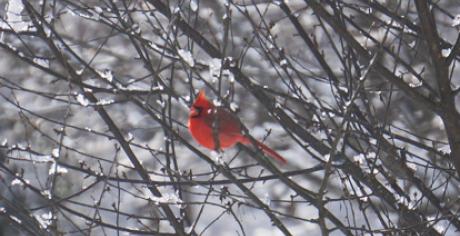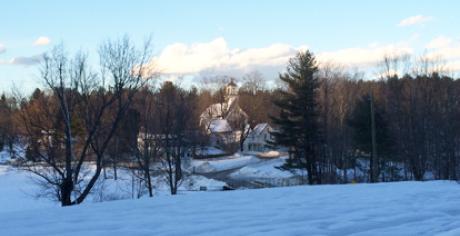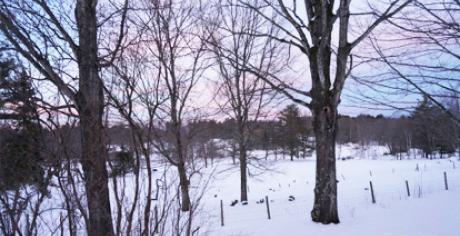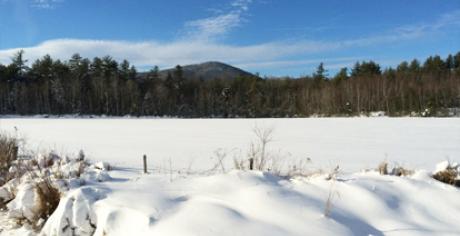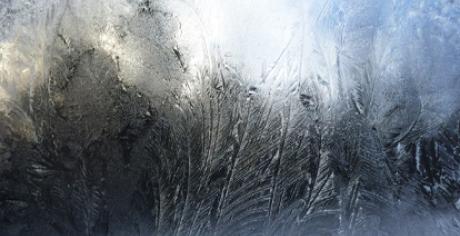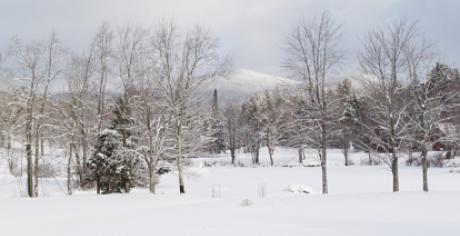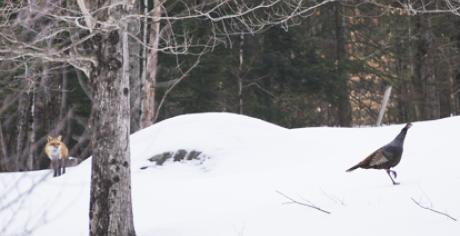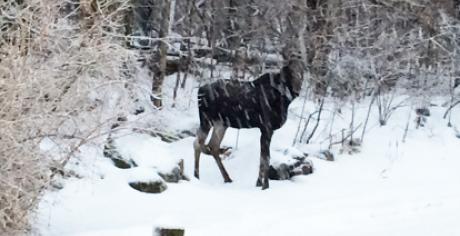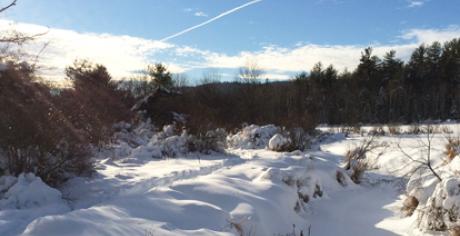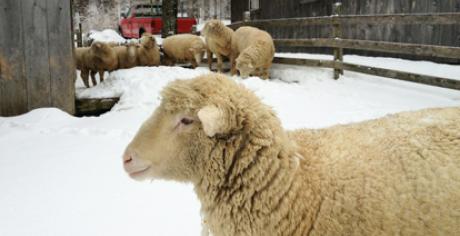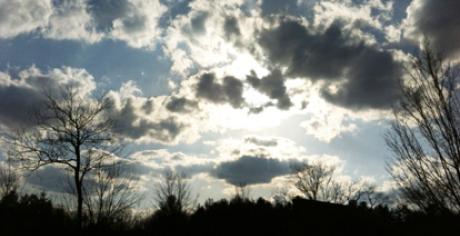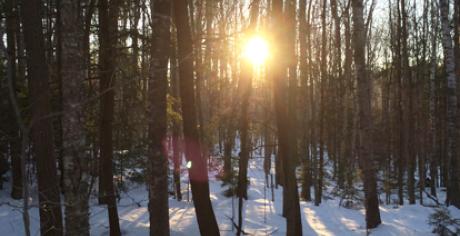East Washington Watershed Grant
EAST WASHINGTON WATERSHED GRANT
Information on the Watershed Grant and the Projects
Please click on the following links to learn about each part of the grant project
Washington Public Works Department Project - drainage and settling pond
Pond Project - swans, signage and water testing
Farm Projects - fencing, alternative watering sites and bridges
This watershed grant was secured by a group of residents of East Washington, working with Ed Thayer and the Washington Public Works Department and many other town boards.
The Mill Pond in East Washington has always been a special gathering place for neighbors and the swimming beach and picnic area is enjoyed by all. It is a picturesque spot that stops many people driving through our valley. The view of Lovell Mountain from the beach area is appreciated by all who stop and take a moment to look. It is the heart of East Washington village.
In the fall of 2006, the Department of Environmental Services (DES) did a study of the Mill Pond in East Washington to try to pinpoint the cause of frequent pond and beach closures during the summer months.
Amy Smagula, from DES, came out and took samples from the pond and also upstream on both the Woodward and Purling Beck brooks. These samples were rybotyped and a comprehensive report was written to explain what they found as the causes of the high bacteria counts found in the pond. This report was entitled: "Total Maximum Daily Load Study for Bacteria in Mill Pond Town Beach, Washington, NH; State of New Hampshire Department of Environmental Services; Water Division, Watershed Management Bureau; August 2006" and is available to the public in the selectmen's office at the Town Hall.
Eric Williams, a planner from DES, came to the Grange Hall in the spring of 2007 to present the study's findings and speak to interested people from East Washington and the town. He mentioned that the state had money available in the form of Watershed Restoration Grants for Impaired Waters, to help communties work toward managing nonpoint source pollution in their watershed. He felt that a project to improve the pond was well worth pursuing.
A grant proposal was written for a project that was comprised of 3 separate but equally important parts, with the aim of positively impacting the health of the pond. The grant proposal survived 3 competitive rounds and was fully funded by the state in May 2008.
For more information on the three parts of the watershed project click on the individual links found above.
We see this project as a catalyst to work on raising awareness, town-wide, of watershed and storm water runoff issues and provide people with solutions, in the hope that each homeowner or animal caretaker could use better practices to contribute to the health of all our town's lakes and ponds. Washington is a town with abundant water and a public in need of education about the issues affecting those water bodies.
Watch for announcements for informational meetings that will take place in the spring and summer of 2008. Please keep checking back here for information about this important project as it progresses during the summer of 2008.
Some Frequently asked Questions
If you don't find your question here look in each part of the grant project above or send us an email for answers
What is a watershed?
A watershed is a geographic area in which all water drains to a given stream, lake, wetland, estuary, or ocean. Our landscape is made up of many interconnected watersheds. The boundary between watersheds is defined by the line that connects the highest elevations around the waterbodies. Within every watershed, water runs to the lowest point on that landscape - a stream, river, lake, estuary, or ocean. On its way, the water travels across farm fields, forestland, parking lots, highways, city streets, and backyards. You, and everyone in your watershed, use and impact the same water supply. You are part of one watershed community. In East Washington the watershed all flows into Mill Pond. If you fertilize your lawn or keep animals the run off from these activities will end up in the pond.
What is nonpoint source pollution?
Nonpoint source pollution occurs when rainfall, snowmelt, or irrigation runs over land or through the ground, picks up pollutants, and deposits them into rivers, lakes, and coastal waters or introduces them into the groundwater. These pollutants can include oil and sand from roadways, agricultural chemicals from farmland, sediments from construction sties, crop and forest lands and eroding streambanks, and nutrients and toxic materials from urban, suburban and rural areas.
Why are there swans in the Mill Pond?
Three swan decoys have been installed in the Mill Pond to attempt to discourage any wild Canada geese from staying and nesting in the pond for the summer. The geese are a source of bacteria in the pond because they defecate in the water and on the beach and in the picnic area.The average goose will produce one pound of droppings a day! If you see geese in the pond please don't encourage them to stay by feeding them. Also, please don't mess with the swans, they are doing an important job in the pond. See the Pond Project link (above) for more information.

Funding for this project was provided in part by a Watershed Assistance Grant from the NH Department of Environmental Services with funding from the US Environmental Protection Agency under Section 319 of the Clean Water Act.

